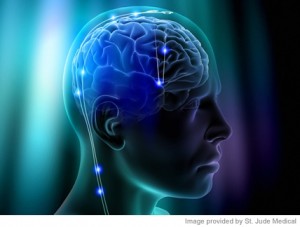One of the most widely accepted beliefs about the differences between troubled boys and girls may need to be revised, according to new research.
Experts have long believed that girls tend to internalize their problems, becoming depressed or anxious, while boys externalize, turning to violence against people or property. [continue reading…]
Patients with accident or trauma related chronic pain often have post-traumatic stress disorder (PTSD) and depression. What isn’t clearly known, however, is how PTSD relates to mood disorders and pain severity in chronic pain patients.
University of Michigan researchers examined the contribution of PTSD to the pain experience, functional disability and frequency of depressive symptoms. They studied 241 patients referred to the university hospital’s pain rehabilitation program who reported their pain began after a traumatic injury. The subjects completed the McGill Pain Questionnaire and were administered the Pain Disability Index and the Post-traumatic Chronic Pain Test. [continue reading…]

This is a test
Canadian researchers have verified that deep brain stimulation (DBS) is a safe, new approach that has shown tremendous results for patients with treatment-resistant depression.
Published online today, in Biological Psychiatry, the study, lead by Dr. Andres Lozano, Neurosurgeon at Krembil Neurosciences Centre – Toronto Western Hospital and Canada Research Chair in Neuroscience, involved using DBS in 20 patients, targeting an area of the brain that is shown to be overactive in depression. [continue reading…]
Every child experiences anxiety, and usually a caring parent can help make it pass. But in 5 to 10 percent of cases, the problem goes deeper — panic attacks, obsessive behavior, depression — and the child can benefit from professional help. Link to read more
New York Times
By MICHAEL WINERIP
Published: July 20, 2008

